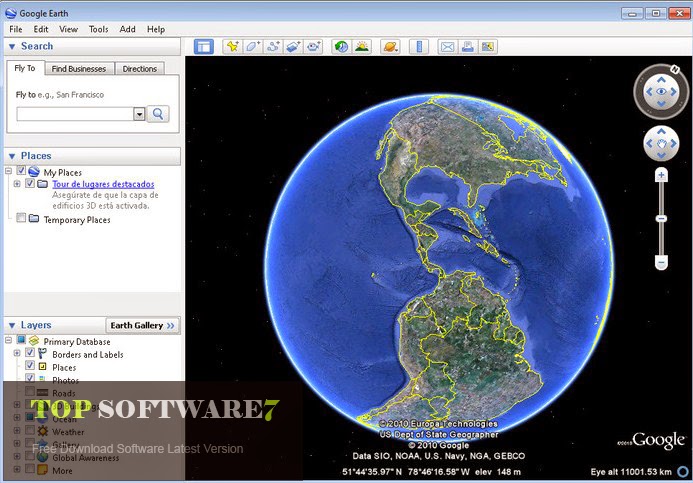
GEE only recently added the Asset option, so you may see folks still using fusion tables in the forums, etc. Each fusion table has a unique Id (File > About this table) that can be used to load it into GEE. Import an existing Google Fusion Table, or create your own fusion table from a KML in WGS84.We use an asset vector file in the Accessing Satellite Imagery module. You can create subfolders and set sharing permissions on these as needed. Upload a shapefile directly to your personal Asset folder in the top left panel.There are four ways to obtain vector data in GEE: The easiest way to filter for an irregular location without having to identify the paths and rows of the satellite image tiles is to use a vector polygon. We’ll work on making a composite satellite image for a US watershed. Read more about filters on the Developer’s Guide. There are shortcut filters for those commonly used (imageCollection.filterDate(), imageCollection.filterBounds()…), but most filter in the ee.Filter() section of the Docs tab can be used. In order to generate images that cover large spatial areas and to fill in image gaps due to clouds, etc, we can load a full ImageCollection but filter the collection to return only the time periods or spatial locations that are of interest. More information on Image Collections can be found here in the GEE Developer’s Guide. You can also create image collections from individual images or merge existing collections. Each data source available on GEE has it’s own Image Collection and ID (for example, the Landsat 5 SR collection, or the GRIDMET meteorological data collection). Image CollectionsĪ stack or time series of images are called Image Collections. Here, we will leverage GEE to create a composite satellite image representing the peak growing season for a watershed of interest. Google Earth Engine (GEE) is particularly well suited to these tasks.Ī static version of the code can be accessed here: * Exercise: Basic GEE Workflow However, cloudy skies during satellite overpass and other acquisition anomalies make certain scenes or pixels unusable.Ĥ55 Landsat scenes cover the United States:įor most regional-scale applications, you will need to combine multiple satellite images to fully cover your spatial extent and fill in missing data caused by clouds, etc. The edges of each path overlap, providing increased temporal frequency in these areas. Each scene is currently imaged every 16 days by Landsat 8, and every 16 days by Landsat 7 (approximately 45 times each year). Global Landsat data is broken up in ~180 km 2 scenes, with unique path/row identifiers. Most satellite products are broken up into tiles for distribution. Overview: Satellite Imagery at Regional Scales Understand how to map functions across image collections

Perform basic image manipulation, mosaicking, and visualization

Learn how to access images based on filter criteria


 0 kommentar(er)
0 kommentar(er)
